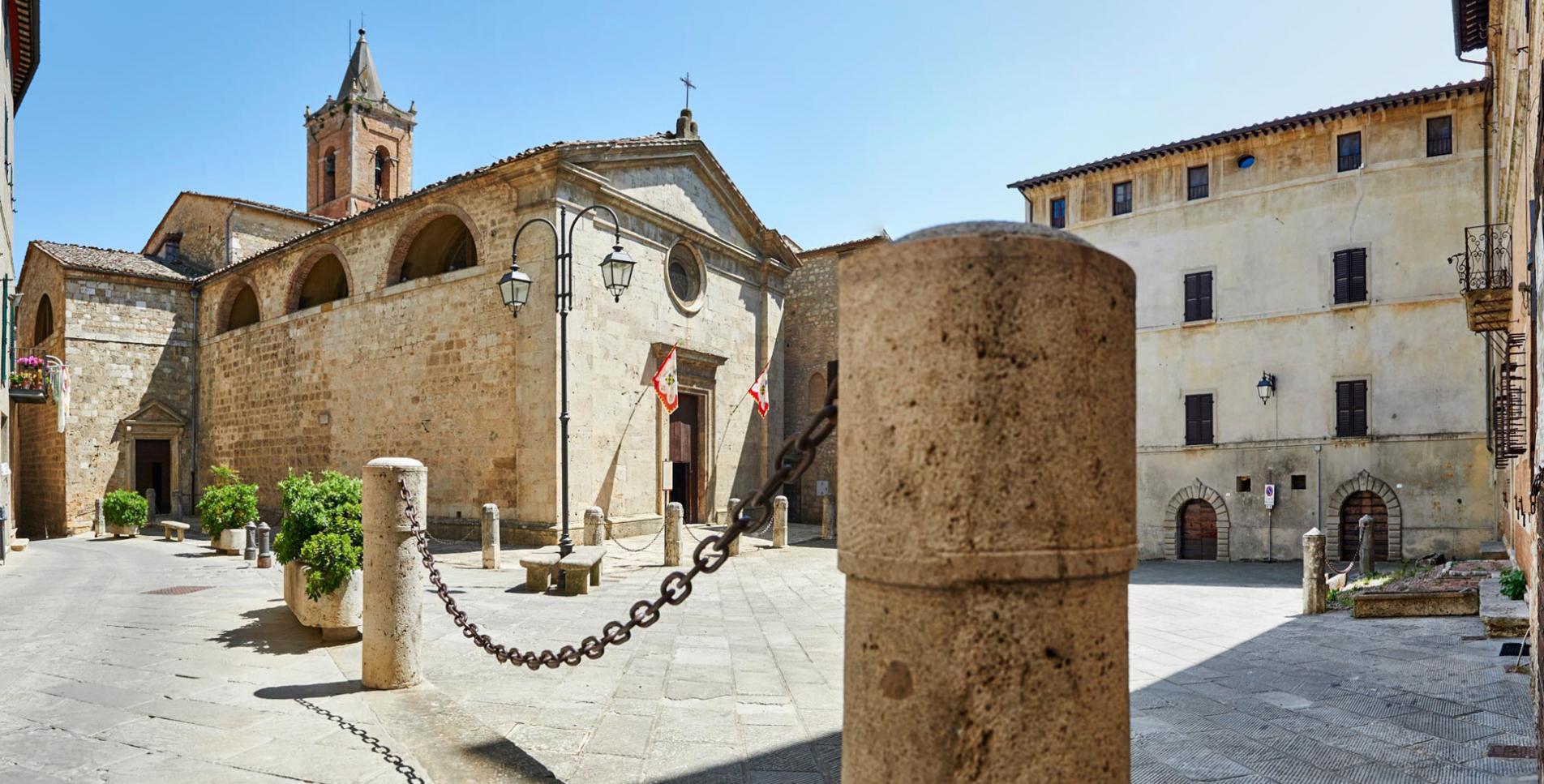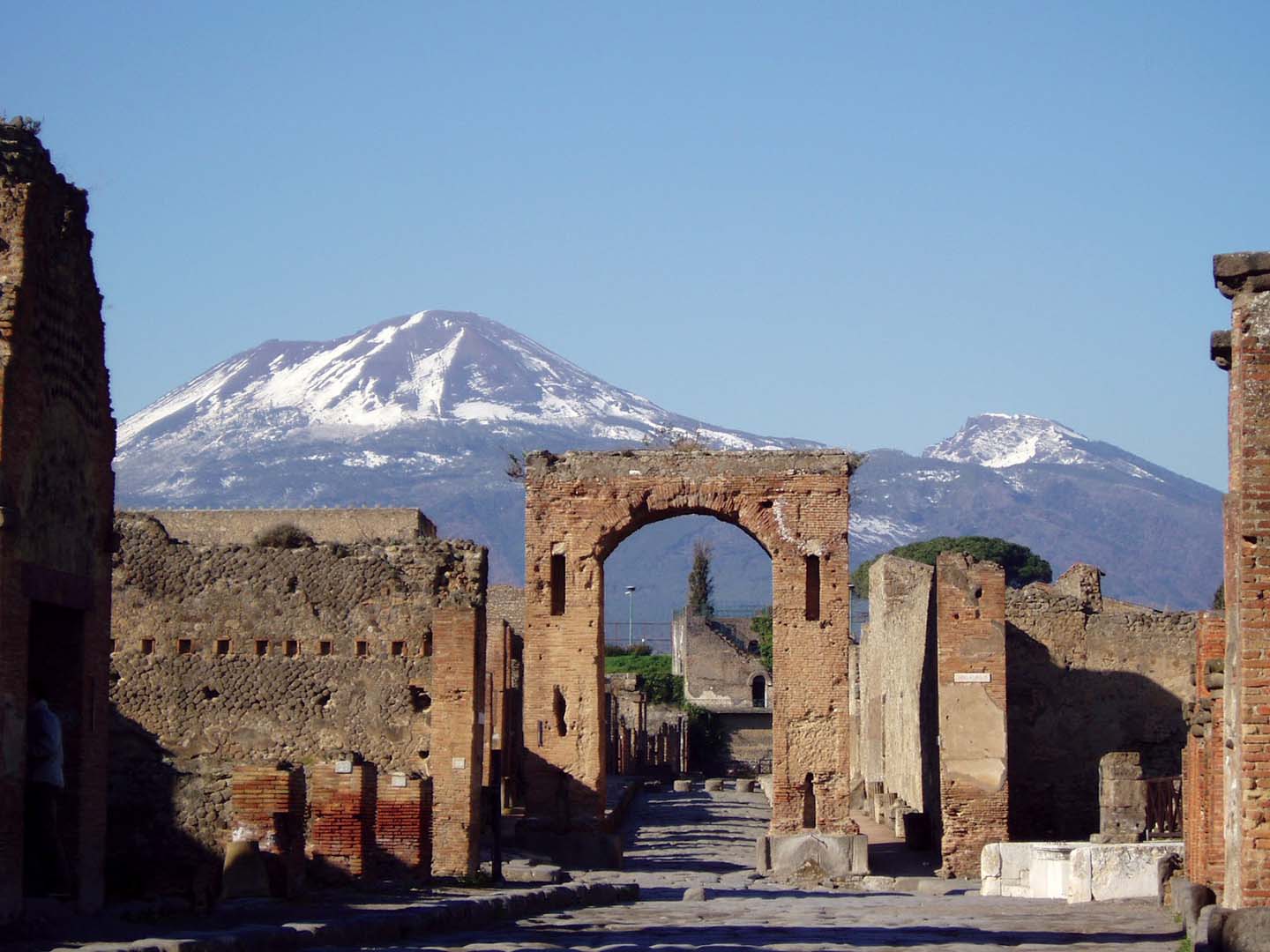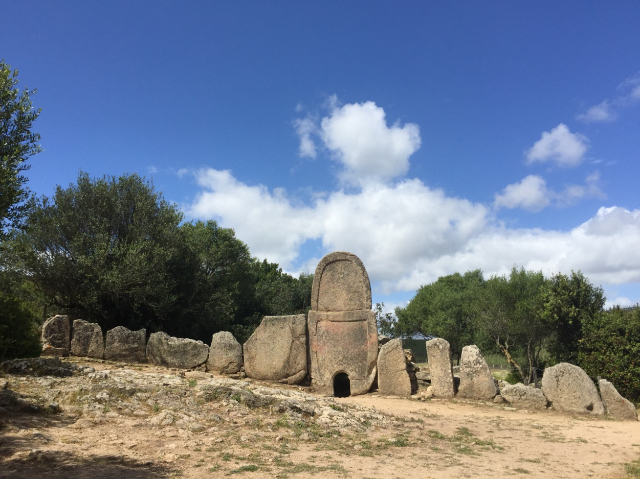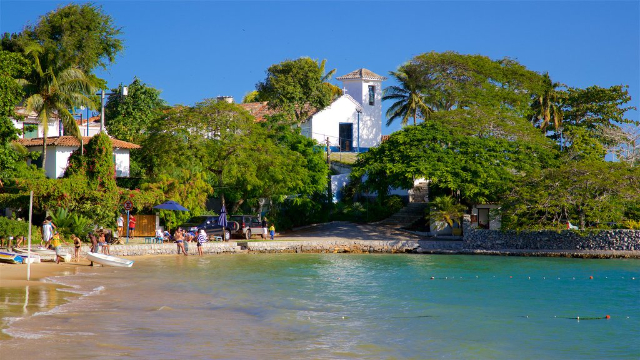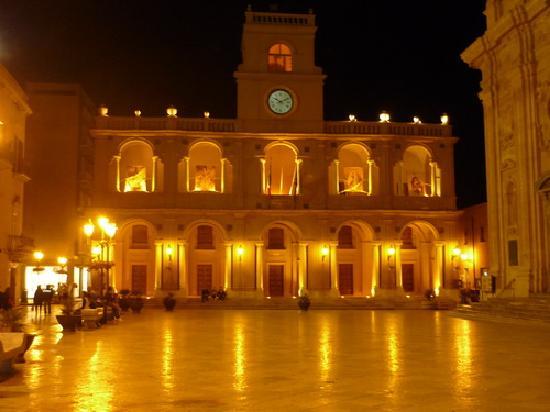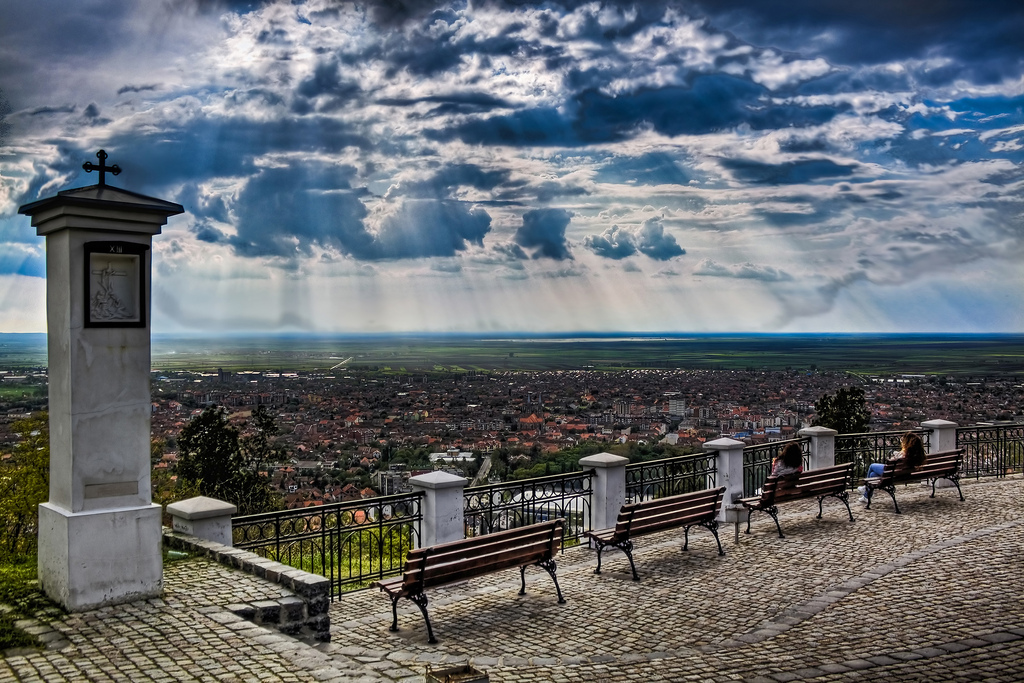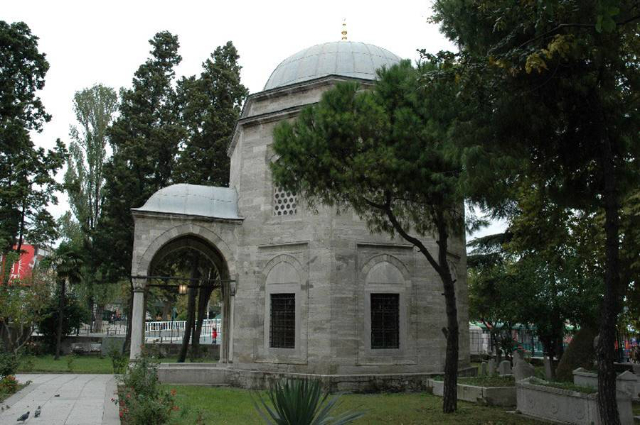he historic nucleus of the town grew up around the castle, within the circle of walls that were later largely demolished in the mid-19th century, and of which two gates overlooking Umbria are preserved: the Porta di Mezzo and the Porta Monalda, surmounted by the coats of arms of the Republic of Siena, the Medici and the Monaldeschi of Orvieto, who alternated in their control of Sarteano.
The town’s architecture is characterized by prestigious palaces such as the 14th-century Fanelli palace, immediately below the castle. with the chapel of Blessed Franco da Grotti and richly frescoed ceilings; palazzo Gabrielli, which houses the museum in its 16th-century rooms but with a 13th-century structure as evidenced by the "door of the dead." palazzo Piccolomini, with its beautiful cloister built at the end of the 15th century by Cardinal Francesco Tedeschini Piccolomini -future Pope Pius III- with columns with Ionic capitals decorated with crescents and also the 15th-century family coat of arms placed at the top left corner of the facade; and finally the Palazzo del Podestà in Piazza XXIV giugno, built in the 14th century but enlarged in the second half of the 16th century, which retains the original mullioned windows with two lights. In the corner of the square is Palazzo Goti-Fanelli, once the seat of the Accademia degli Arrischianti, which already existed in the 13th century, then completely renovated in 1536 with frescoed walls, an elegant inner courtyard and a chapel with frescoes by Apollonio Nasini.
Cardinal Piccolomini also had the façade of the church of San Francesco erected, as evidenced by the presence of the rose window with the papal insignia and the Piccolomini coat of arms (but the building, which faces Piazza Bargagli, dates from the first half of the 13th century). Next to the church stood a convent, which was in the 19th century a palace-farm of the Bargagli family, briefly housing their rich Etruscan collection, now at Santa Maria della Scala in Siena. Inside the cloister traces of mullioned windows show the architectural remains of a structure originally of great refinement. Another convent is located in the upper part of the town, the 16th-century Santa Chiara, now a restaurant and fine residence. In the church of San Martino, near Porta Umbra, is Beccafumi’s Annunciation, alongside a Madonna and Child by Jacopo di Mino del Pellicciaio, one of the painters of the gold backgrounds of 14th-century Siena, and a Madonna and Child, Saint Rocco and Saint Sebastian by Andrea di Niccolò. In the collegiate church of San Lorenzo, also restored thanks to Pius III, are two centered panels with the Annunciation by Girolamo del Pacchia from 1514 and a marble tabernacle and ciborium by Lorenzo di Mariano, known as Marrina. Also in Piazza San Lorenzo is Palazzo Cennini, with its sober, linear facade, dating from the 15th century with a cloister inside where the Fattoria di Martignano once stored its agricultural produce.
